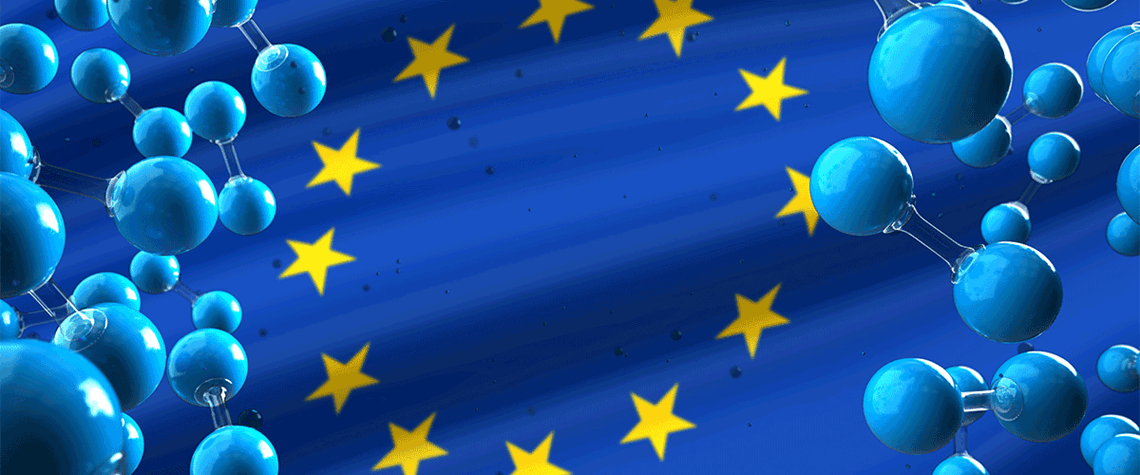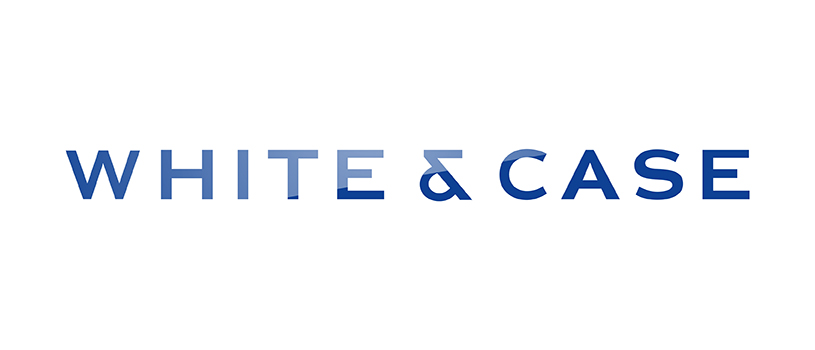The EU has identified in particular renewable (green) hydrogen and other sustainable fuels as key components to achieve its goal of climate neutrality by 2050. In 2020, the European Commission published its EU Hydrogen Strategy with the goal to initiate a market ramp-up of hydrogen, in particular by increasing electrolyser capacities in Europe. These goals were expanded in 2022 by the REPowerEU Plan as a reaction to the war in Ukraine. Under the REPowerEU Plan, domestic (European) production of renewable hydrogen will be expanded to 10mt/yr by 2030 and renewable hydrogen imports to 10mt. Renewable hydrogen and other sustainable fuels will therefore replace natural gas and fossil fuels by creating wholly new supply and value chains.
The last few years have shown the challenges of creating entirely new value chains and promoting a market ramp-up for products as yet unavailable at a universal scale. Thus far, marginal supply, comparably low demand, the absence of infrastructure and technical uncertainties constituted a risk for emerging business models. Another challenge is that the legal framework for the production, transport, usage and import of renewable hydrogen and sustainable fuels is still very dynamic.
However, the European legislator has recently shown considerable diligence with respect to the energy transition and enacted several laws that had previously been subject to a lot of controversy among the stakeholders. Although there is not yet a coherent legal framework for the market of hydrogen and other sustainable fuels, the enacted material rules do provide at least some guidance for stakeholders to become involved in this emerging sector.
The most relevant rules can be summarised as follows: stakeholders in the energy, transport and industrial sector must comply with specific requirements for carbon emissions savings and respective quotas for renewables under the Renewable Energy Directives Legislation (RED II & RED III). Specific rules apply for the use of sustainable fuel for the maritime and the aviation sector (FuelEU Maritime and ReFuelEU Aviation). This concept of setting renewable quotas in specific sectors is accompanied by rules mandating investments in fuelling infrastructure (Alternative Fuels Infrastructure Regulation), regulating the pipeline infrastructure (Draft Hydrogen & Decarbonised Gas market package) and funding programmes, e.g. for the import of hydrogen (the European Hydrogen Bank). Also, the European legislator finally approved the long-awaited requirements that renewable hydrogen has to fulfil to be eligible under the Renewable Energy Directive Legislation (Delegated Act Art. 27 (3) RED II). Nevertheless, there is still no general definition on what qualifies as renewable hydrogen (outside of the Renewable Energy Directives Legislation).
While the REPowerEU Plan also acknowledged that low-carbon and alternative products, such as grey and blue hydrogen, must be permissible at least temporarily during the transitional phase to ensure a continued function of the economy, there is also no respective definition yet.
However, despite all political and legislative efforts, the goal of achieving climate neutrality by 2050 relies heavily on private enterprises’ own initiative to decarbonise their products and processes. As the EU is a net importer of energy, the emerging framework also opens up new business opportunities for stakeholders not only within the EU but also in non-EU countries. In fact, the EU seeks to actively encourage international trade in the field of renewable hydrogen and sustainable fuels in order to secure the energy supply in the long term. For this purpose, the EU is working on establishing an auction process based on competitive bidding for the import of hydrogen as it already exists in some member states (e.g. European Hydrogen Bank and H2 Global in Germany). However, potential enterprises from non-EU countries considering to undertake the export of raw materials, sustainable fuels or hydrogen and its derivates to the EU are to be aware that their goods must comply with EU requirements and standards such as the means of transport, namely in the maritime and aviation sector, and the need to be fitted for the mandated target shares of renewable energy in order to enter EU territory. During the transitional phase, the recently established Carbon Border Adjustment Mechanism (CBAM) additionally applies to emissive imports, such as blue and grey hydrogen (CBAM Regulation). The CBAM intends to prevent so-called “carbon leakage” and effectively puts a price tag on emissions embodied in the imported goods. Importers need to register if they want to be permitted to purchase CBAM certificates.
The EU certainly holds the potential to become the biggest and leading market for hydrogen and sustainable fuels. It is already working on establishing a global network for hydrogen collaboration with partners around the world. It remains to be seen whether the elaborate and strict requirements for emissions savings and renewable energies factually result in the intended energy transition within Europe and whether they will last against the growing international competition for energy markets. Establishing a coherent legal framework for important energy carriers such as hydrogen and other sustainable fuels remains imminently desirable in order to provide a sufficient legal backbone for the markets to properly unfold. Nevertheless, there is still a long way to go to reach net zero.
Any views expressed in this publication are strictly those of the authors and should not be attributed in any way to White & Case LLP.
Dr Petra Kistner is an associate and Thomas Burmeister is a partner at White & Case.
This article was published as part of PE Outlook 2024, which is available for subscribers here. Non-subscribers can purchase a copy of the digital edition here.









Comments